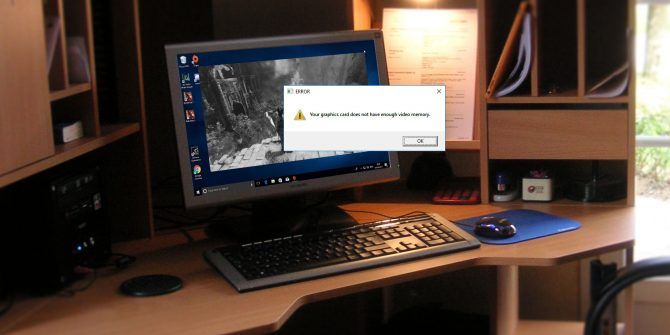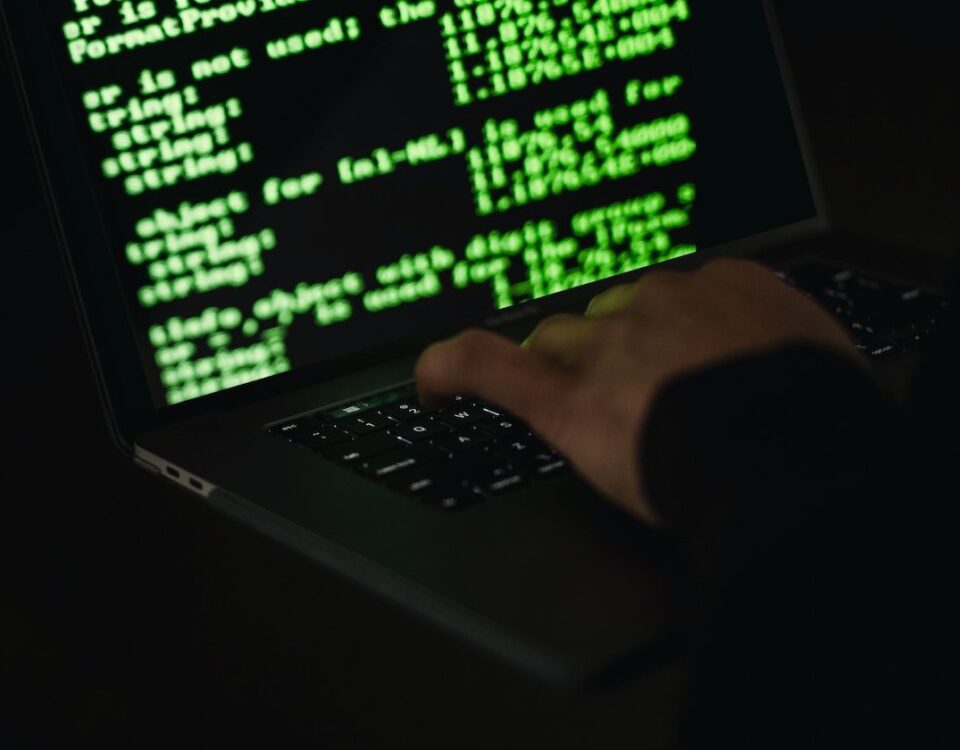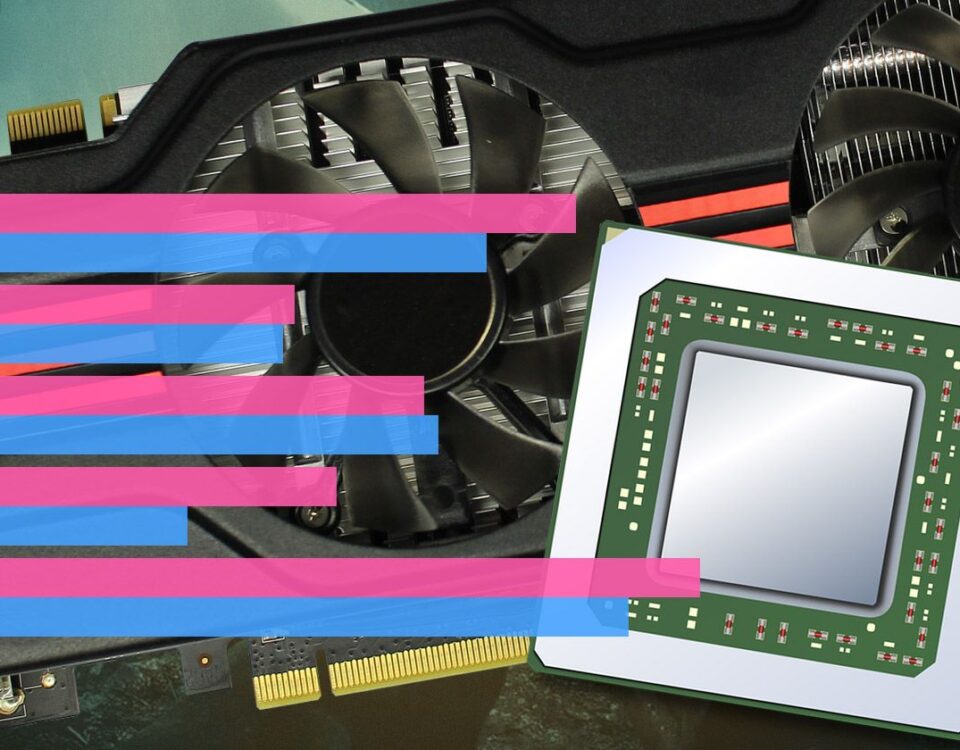
Cómo corregir el código de error 0xc00000e9 en Windows 10
21 junio, 2021
Comandos esenciales de CMD de Windows que debe conocer
22 junio, 2021How to Fix a USB Device That Keeps Disconnecting & Reconnecting in Windows 10

Cómo solucionar un dispositivo USB que sigue desconectando y reconectando en Windows 10
It is more than a little frustrating when your USB device won’t stay connected to Windows 10.
USB devices sometimes disconnect and reconnect randomly. This could be problematic and might disrupt you while accessing or transferring files. The error might occur due to hardware or system-specific issues, but there are several ways to resolve this issue.
1. Quick Fixes
Let’s start by exploring a few quick fixes for resolving this issue:
- Reboot your PC when you encounter the issue.
- Plug your USB device into a different USB port. This will help determine whether the initial port is broken or not.
- Plug your USB device into a different computer. This will help determine whether the issue lies with your PC or the USB device.
- Disable the Windows fast startup setting and reboot your PC.
2. Reinstall the USB Drivers
This issue could be caused by faulty USB drivers. To resolve it, you can uninstall and reinstall your USB drivers.
- To get started, press the Windows Key + X and select Device Manager.
- Expand the Universal Serial Bus controllers section.
- Right-click the USB driver and select Uninstall device.
Reboot your system when you finish. This will automatically reinstall the USB drivers.
3. Configure Your PC’s Power Management Settings
While configuring your PC’s power settings can be good, it might cause several issues. For example, you could be experiencing this issue because of the way you’ve configured your PC’s Power Options.
To resolve the problem, here’s what you need to do:
- Press the Windows Key + X and select Device Manager.
- Expand the Universal Serial Bus controllers section, right-click your USB driver, and select Properties.
- Navigate to the Power Management tab.
- Uncheck the Allow the computer to turn off this device to save power box and press OK.
Restart your PC to save these changes.
4. Disable the USB Selective Suspend Setting
This issue might stem from your PC’s USB Selective Suspend Settings. To resolve it, disable the USB Selective Suspend Setting by following these steps:
- Type Control Panel in the Start menu search bar and select the Best match.
- Press the View by drop-down menu and select Large icons.
- Select Power Options in the main window and select Change plan settings.
- In the next window, select the Change advanced power settings option.
- In the Power Options screen, locate and expand the USB settings.
- Expand the USB selective suspend setting and disable both the On battery and Plugged in options.
Press Apply and then press OK. Restart your PC to save these changes.
5. Run the Hardware and Devices Troubleshooter
The Hardware and Devices troubleshooter can help you resolve this issue. To get started, here are the steps you can follow:
- Type Troubleshoot in the Start menu search bar and select the Best Match.
- Select Hardware and Devices and press the Run the troubleshooter button.
When the process is complete, close the troubleshooter and restart your PC.
This issue might be a result of corrupted system files. In this case, you can resolve it using the DISM and SFC tools.
To get started, run the DISM tool by following these steps:
- Press the Windows key + R and type CMD.
- Press Ctrl + Shift + Enter to open an elevated Command Prompt.
- Type the following command and press Enter:
DISM /Online /Cleanup-Image /ScanHealthWhen the scan is complete, type the following command and press Enter:
DISM /Online /Cleanup-Image /RestoreHealthRestart your PC when the scan is complete.
Next, open the Command Prompt as per the previous steps. From here, run an SFC scan by typing the following command and pressing Enter:
sfc /scannowWhen the scan is complete, close the Command Prompt and restart your PC.
Connect USB Devices to Your PC Without Trouble
A USB device that keeps disconnecting and reconnecting is frustrating. Whether this issue lies with your PC or the USB device, you can easily resolve it.
Read Next
About The Author






